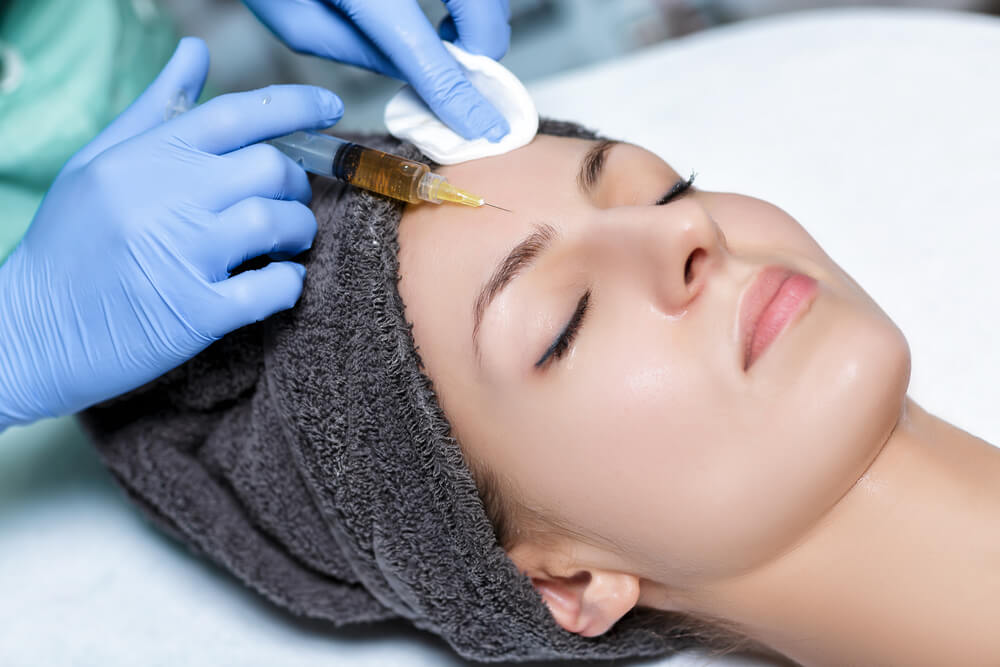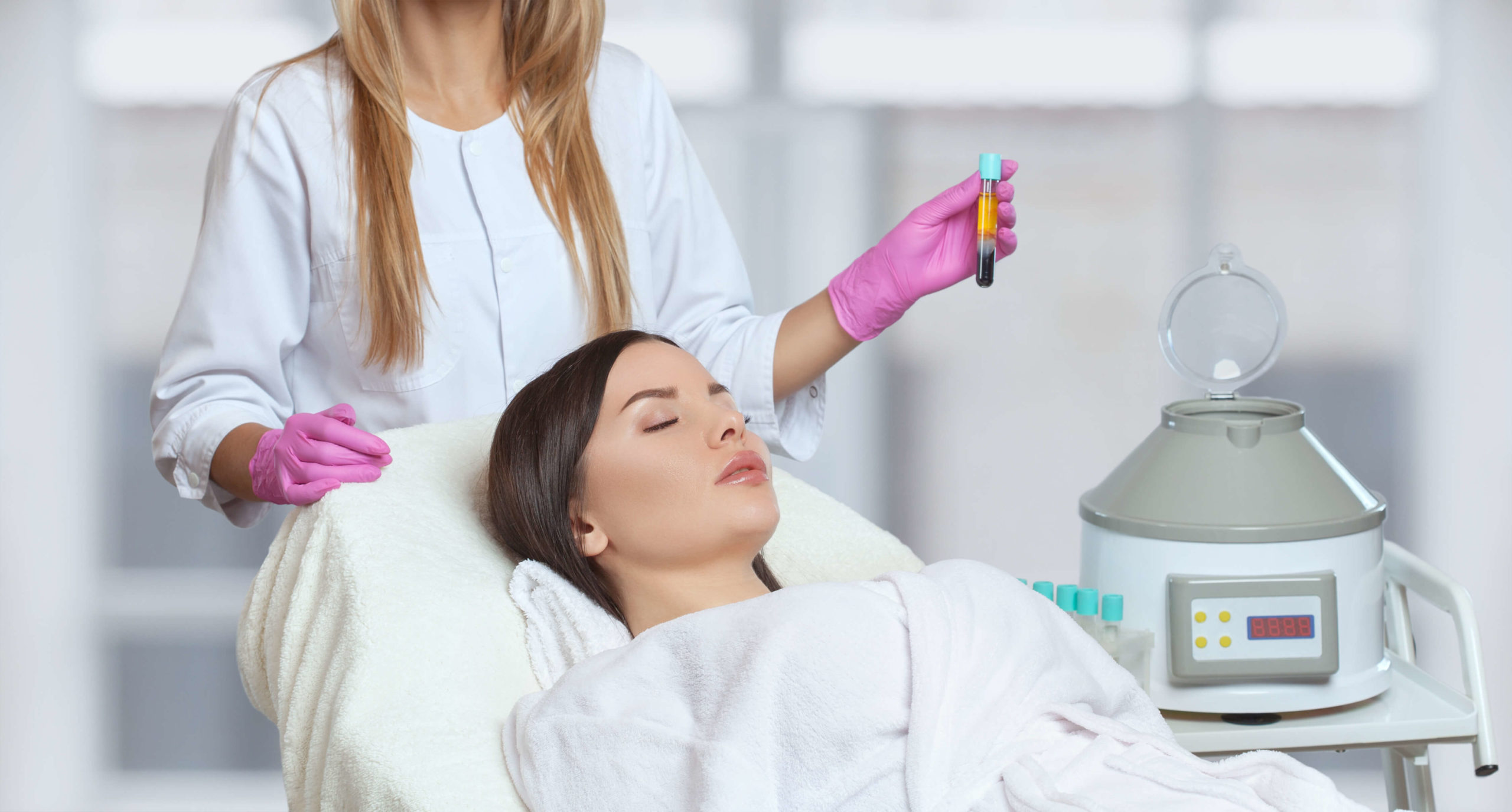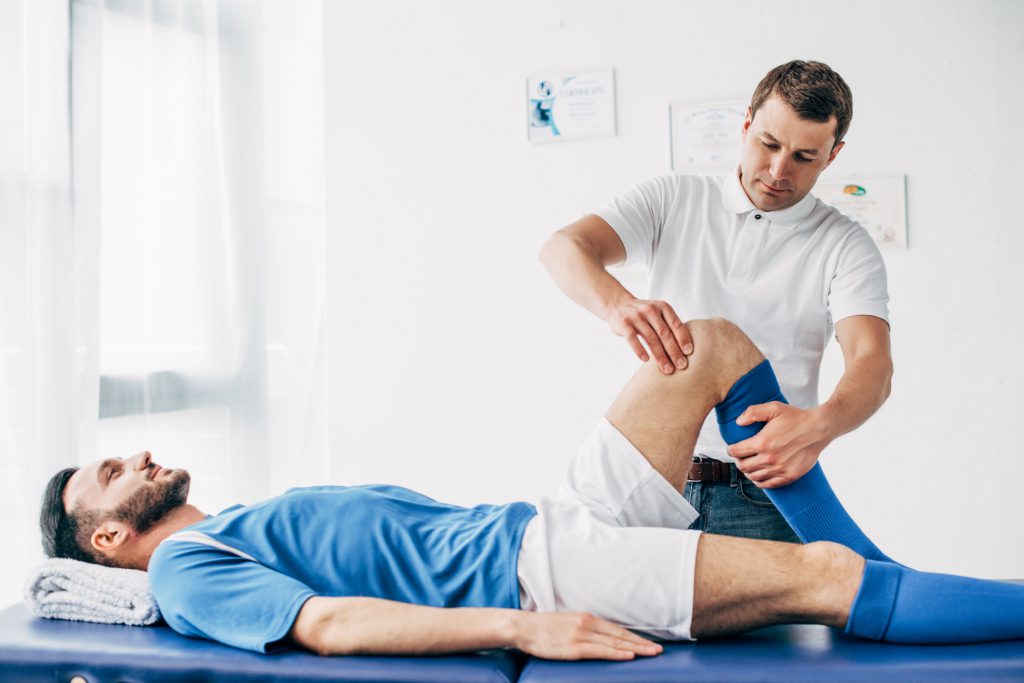prp dundalk md is gaining traction these days. Especially because multiple celebrities and athletes like Christian Ronaldo and tiger woods have received Plasma rich therapy. This has drawn the attention of many people towards this novel and effective way of treatment of injuries and pains.
If you want to start your own practice in plasmolifting treatment, you must take some training first. Plasmolifitng online course academy offers premium PRP courses that ensure that you receive top class training and in-depth knowledge in PRP technique. This is a great way for surgeons to boost their practice and start an additional source of income.

Why should you start this practice?
The demand for PRP therapies especially in the aesthetics field has skyrocketed in recent times. It is comparably very easy to incorporate the plasma rich protein into your practice because the investment is very low which can be recovered easily by as few as two patients. The satisfaction rate of patients in PRP therapies is another factor that adds to its credibility.
How does the PRP therapy work?
PRP therapy functions on the principle of repair and regeneration. The damaged part of the body is injected with the platelets which are separated by centrifugation. It helps in unlocking the real and natural potential to heal the damaged skin tissues. This makes the PRP technique an effective cellular therapy for multiple aesthetic issues.
Courses on Plasmolifitng technique
An ideal course on plate rich protein therapy must fulfil the following factors:
- The use and history of plasma rich protein as a medicine.
- Toxicology.
- Anatomy.
- Why use PRP in facial aesthetics and its benefits.
- Benefits of PRP in hair loss.
- Physiology.
- Pharmacology.
- How to manage a patient.
- How to obtain valid consent.
- How to meet the safe and desirable outcomes.
- Management of complications.
- How to extract, prepare and manage a dosage.
- Different techniques of injections in the face, neck and head.
- Maintaining predictable and desirable outcomes.
- Practical sessions on skin rejuvenation and hair loss.
Who all should take a course?
All the doctors, nurses, dentists and pharmacists are recommended to take a course so that they can build a practice in PRP technique. Besides that, even non-medical students can take a course on PRP technology. In such cases, the job of the non-medical student would be to support the doctor.
FAQ
· Is PRP painful? – Injections are usually nothing that is unbearable. The patients may experience some post-injection soreness which is completely normal.
· Who should not take PRP? – People suffering from anaemia, abnormalities in the platelets, cancer, etc. are proscribed from having a PRP treatment.
· How long does it take to get a PRP? – The process, once started, takes roughly between 30 and 50 minutes. The majority of the time is taken up by the process of drawing the blood from the patient in the injection.
Conclusion
PRP technique is the future of healing injuries and of aesthetics treatment. If you want to have an edge over other medical professionals, you must take a course on PRP and start your own practice soon.




